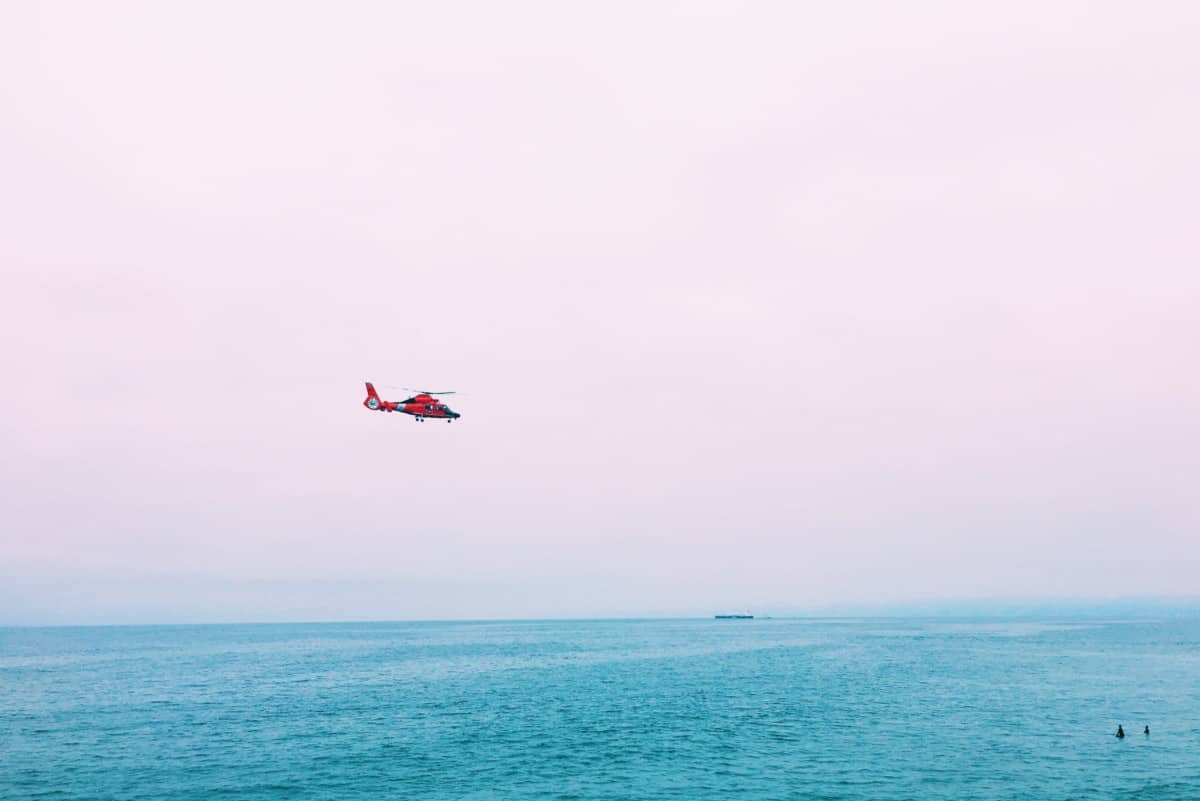
Search and Rescue helicopters are a common sight flying out to stricken vessels in the open ocean and this posed a question from one of my readers recently about just how far helicopters can fly out to sea and if they can in fact cross an ocean.
Several Military helicopters have been able to cross the Atlantic Ocean in one flight with the help of air-to-air refueling. To date, no helicopter has ever crossed the Pacific Ocean. Civilian flights are flown over Greenland & into Scotland when flying from North America to Europe, Africa, or Asia.
A friend of mine flew a Sikorsky S76 from Vancouver on the west coast of Canada to Lagos in Nigeria when a new oil contract started and helicopters were needed. This article will help to explain how helicopters and oceans deal with each other!
Flying a helicopter over great distances is not the most economical way to travel but sometimes helicopters are needed to be flown from country to country to be delivered to new owners or for work. Crossing the Atlantic Ocean is possible as this is the biggest stretch of ocean that helicopters can currently handle, albeit with some planning.
A military helicopter with inflight refueling capabilities in theory can cross any ocean in the world as the biggest limiting factor is fuel. On long flights over an ocean, oil consumption can also begin to become an issue. These are two of the biggest factors that impede most helicopters from long oceanic flights.
Outside of the military, any helicopter that is required to be flown from one side of the world to the other has two routes:
Cross the Bearing Sea between Alaska and Russia
or
Cross the Atlantic Ocean from Canada, over Greenland, Iceland, and into Scotland
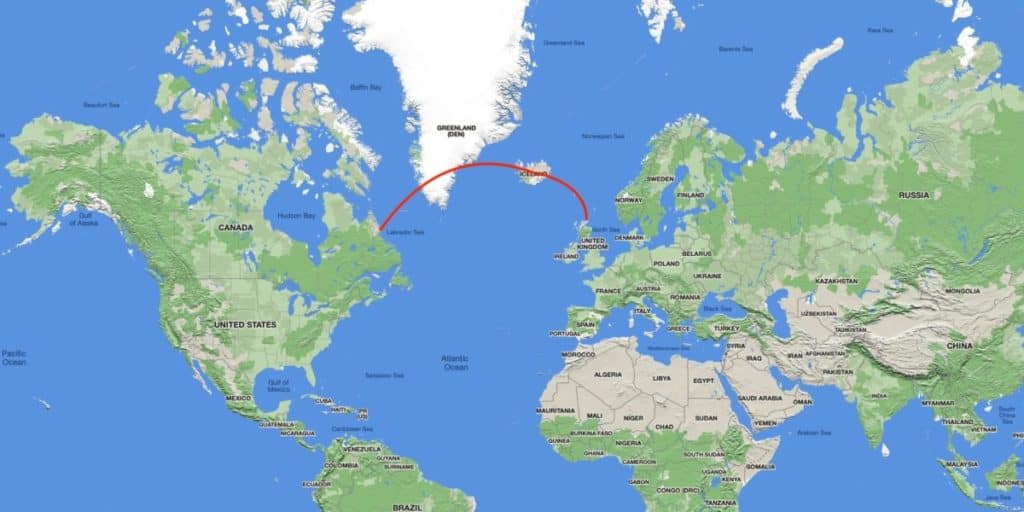
Depending on where the departure point, destination, and current global politics will dictate which route is to be taken. By far the most common, and safest (Politically) is over the Atlantic. Trying to get permission to fly into Russia and through China can be a logistical nightmare, hence why Greenland is the most popular route.
To be able to complete the crossing of an ocean of considerable size a helicopter will usually be installed with additional fuel tanks. Many smaller helicopters will have the rear seats removed and a collapsible fuel bladder installed and piped into the helicopter’s fuel system.
By carrying extra fuel the typical 300 – 400 mile range of most helicopters can easily be doubled to allow for crossing the biggest stretches. Strategic fuel planning will still be required the pilot to land and fuel up at the airport nearest to the shortest crossing distance and to plan to land at the next airport with fuel to spare.
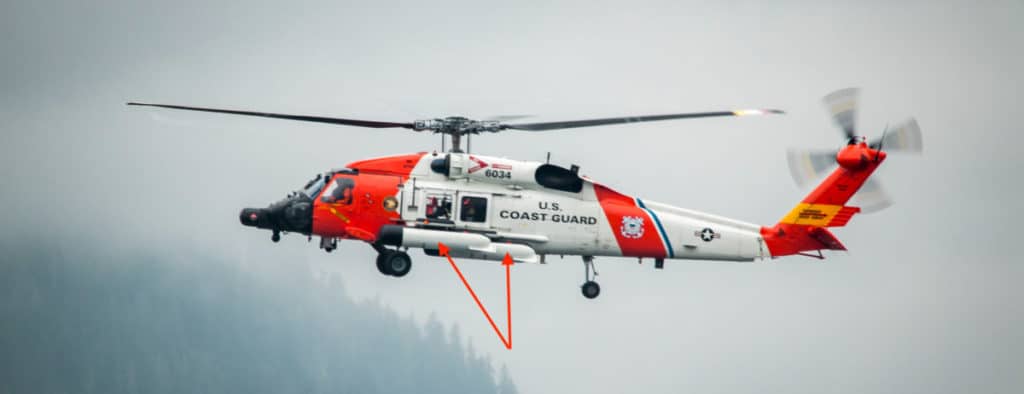
When a large global positioning flight is required, weeks are spent looking at airports that have fuel along the planned route, typical weather for the time of year, prevailing winds, and political climate. When flying over the ocean there becomes the added risk of where to land if the helicopter develops an issue, whether it be mechanical, medical, or meteorological.
You may have heard the term ‘Bingo Fuel’ being used by helicopter crews on shows like ‘Deadliest Catch’ or similar. What this refers to is the point at which the helicopter can fly and still have enough fuel to get back to its departure location or to another refilling point.
When flying over any ocean, a Bingo point is constantly being calculated by the pilot to ensure that if the weather turns bad or something else happens, they can have enough fuel to turn around. Once past the Bingo Point, the flight can only continue to its destination, if all is well.

Join My Newsletter & Get Great Tips, Information and Experiences To Help You Become a Superb Pilot!
How Do Helicopters Get Moved Around The World?
But what happens if someone from Texas purchases a used helicopter from New Zealand? Remember how I said it’s not the most economical way to fly a helicopter, so what other methods are used?
Helicopters can be shipped large distances by means of being partially broken down and placed inside a shipping container, being placed in the hold of a cargo airplane, or being placed inside the cargo hold of a large transport ship. Disassembly and reassembly can be completed quickly by mechanics.
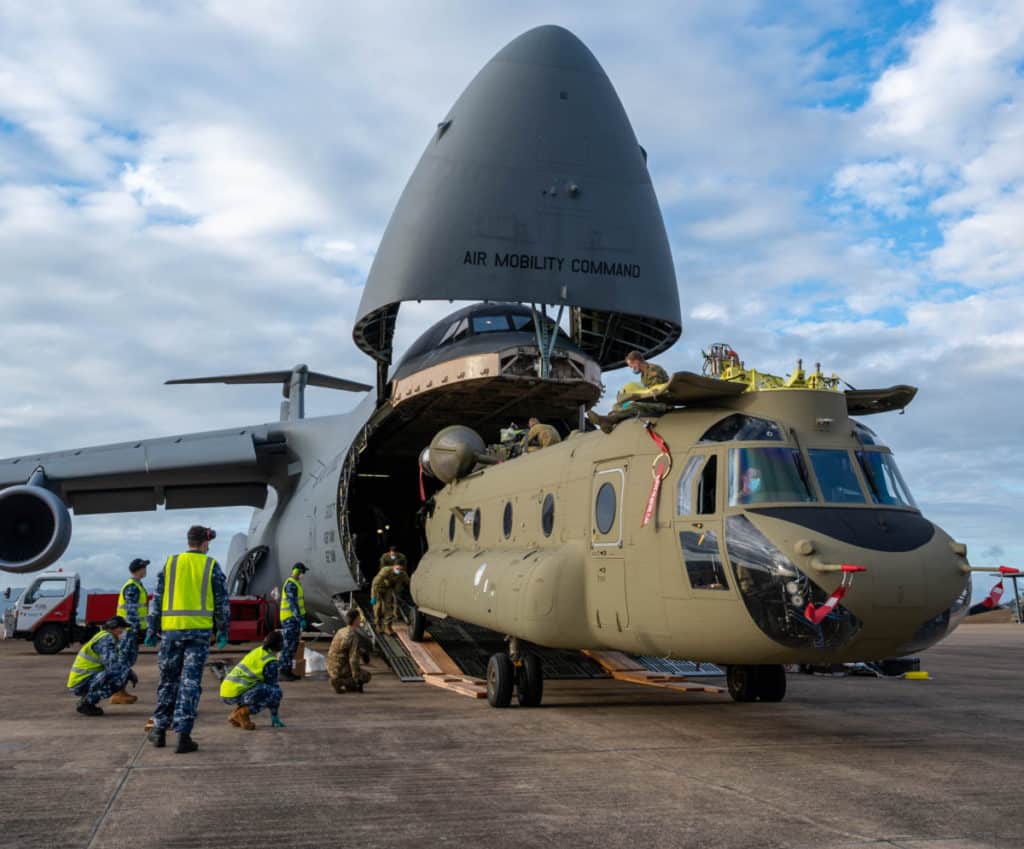
Every year dozens and dozens of helicopters are shipped across the globe using these methods. When placed onboard a ship many are plastic-wrapped to protect them from corrosion during the voyage by boat. The cost to ship a helicopter across an ocean can seem drastic but compared to flying it across, it can be considerably cheaper.
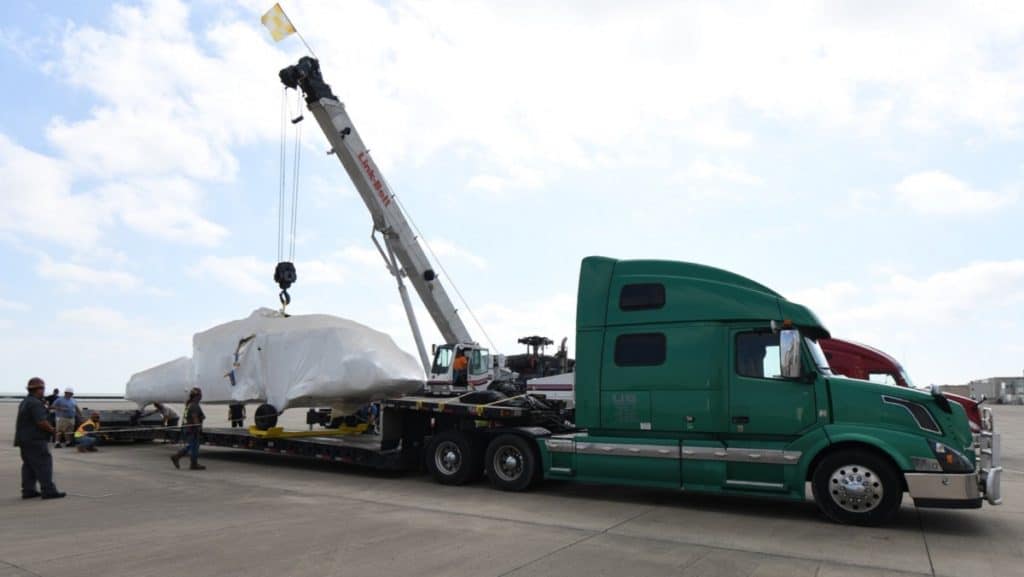
When this is the method of moving a helicopter across an ocean the main rotor blades, tail rotor blades, and any horizontal stabilizers are removed and placed into custom-made wooden shipping crates, the fuel is drained and items that can be moved are secured.
For a well-trained crew of mechanics, the aircraft can be reassembled, tested, and signed off for flight within a matter of hours. This is a common way for firefighting helicopters to be moved from North America to Australia and back to help fight fires during the off-season of the home country.
How Far Helicopters Fly Far From Land?
By law, most helicopters have to remain within gliding distance of the shoreline unless they carry additional items to help in the event of an aircraft ditching.
Most helicopters can fly between 300-400 miles offshore in a straight line. They will have to refuel at the end of this either using an oil/gas platform, refueling boat or turn around before then to make it back. Large helicopters designed for offshore flights can fly up to 800nm or 1500km.
When flying over water away from gliding distance to shore here are some of the items that may need to be carried:
- Easily accessible inflatable life preservers for every person on board
- Life raft/s to accommodate all persons on board
- Inflated floats fixed to the helicopter landing gear
- Auto-inflating floats fitted to the helicopter landing gear
- Immersion suits for all those on board if the water temperature is below 59°F/15°C
Another important safety issue that any person flying over water should be aware of is how to escape a helicopter if it were to ditch. Because helicopters are very top-heavy due to their engines, main transmission, and rotor system being mounted above the cabin, they will tend to roll upside down when placed into water.
Because of this it creates disorientation for the occupants and trying to get out of a helicopter that is now upside is very difficult. Trust me! Most pilots and passengers who fly regularly will undertake HUET – Helicopter Underwater Egress Training.
Destin from Smarter Every Day has a great video showing what happens:
Having completed this twice myself I can tell you it is a lifesaver! And that is doing it in a warm swimming pool. Doing it in a freezing cold ocean dramatically reduces the chances of survival, even for those who have been trained!
Further Reading
If you found this article helpful here are a few more you may like to read:

